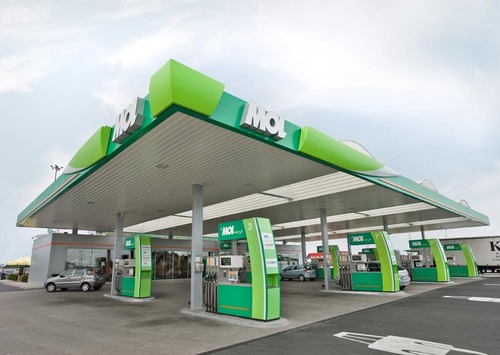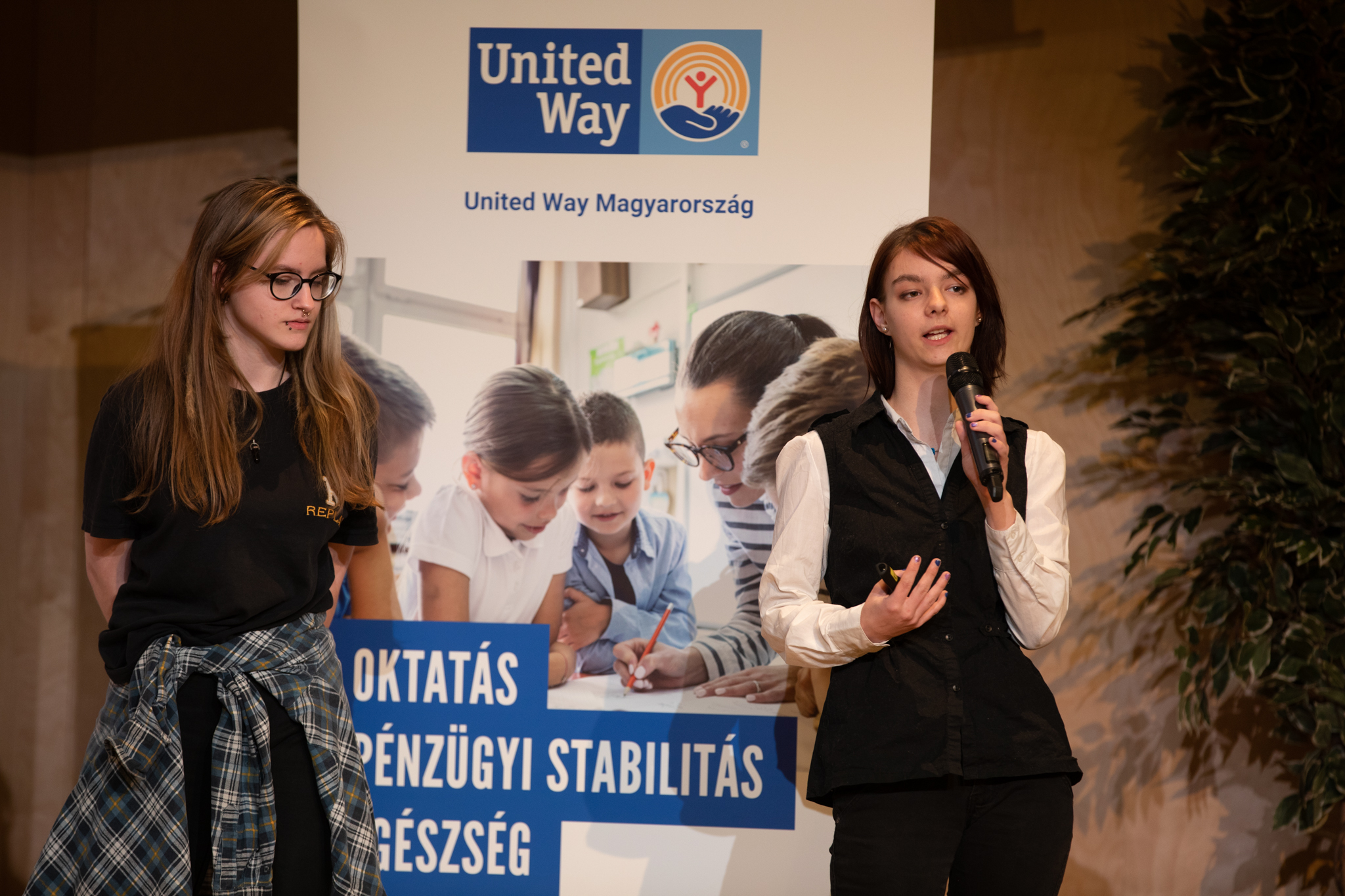Veszprém, Balaton Shine as European Capital of Culture Program Accelerates

The decommissioned Inota thermal power plant, with its three iconic cooling towers, built in the 1950s, will host an audio-visual festival as part of the ECoC program.
Photo by Daniel Besnyő
In March 2019, the city of Veszprém, just north of Lake Balaton, was made a European Capital of Culture (ECoC) for 2023. The program is officially called the Veszprém-Balaton ECoC. Now, having weathered COVID-19 since that announcement and despite the war in Ukraine, Veszprém-Balaton’s ECoC year is well underway.
The city, 115 km southwest of Budapest and around 90 minutes by car or train, is an ancient settlement with a population of approximately 60,000. Lake Balaton, the internationally popular Hungarian Riviera (known to locals as the Magyar tenger or Hungarian Sea), is just 15 km to the south.
To showcase the diversity of cultures in Europe and celebrate shared cultural features, the EU appoints two ECoCs each year. According to a guide prepared by the European Commission for cities preparing to bid for the status, previous ECoCs have reported a measurably positive legacy.
Benefits include “The ECoC acting as a catalyst for a step-change in the development of a city or an area” and “A greater European and international understanding and profile, often seen in increased tourism and reputation.”
Speaking in September 2022, Veszprém Mayor Gyula Porga said, “We worked very hard for this [and] it was important to include the Balaton-Bakony region. [….] The international judging committee really liked this idea of inclusion.”
The Hungarian government has certainly put its weight behind Veszprém-Balaton. Speaking earlier this year, Minister of Regional Development Tibor Navracsics said the ECoC program could be a “catalyst for growth in leaps and bounds.”
Veszprém-Balaton’s year as a European Capital of Culture officially got underway on January 21, two days before the National Day of Hungarian Culture. This commemorates the birthday of Ferenc Kölcsey, who penned the Hungarian National Anthem: 2023 is his centenary.
The Program Director
In late April, I asked Friderika Mike, program director of the Veszprém-Balaton 2023 ECoC, how the year was going.
Mike, whose background lies in urban and regional development programs focused on tourism and community, was head of the bidding team that swung into action around the end of 2017. Back then, she was an external consultant.
When Veszprém won its bid to become a 2023 ECoC, she was invited to head up VEB2023, as the organizing committee is known. Now Mike and her team work not just with the city of Veszprém but with 116 municipalities, 12 partners, and various artistic communities. With around 3,000 events planned for the year, she and her team have their work cut out.
“Our year is based on micro-events,” she told me. “We aim to have something happening most weekdays. Every two weeks, we host a different European city in Veszprém. We’ve been a member of UNESCO’s Creative Cities Network since 2019, so the focus is very much on music, fine art, and literature, whatever’s characteristic of that city. Music, in particular, is very important for our general cultural strategy.”
When we spoke, Veszprém was hosting Bologna, part of the Creative Cities Network. Later in the year, it will welcome cities from Japan and Colombia.
Each month, Veszprém has at least one highlight event. In February, this was an international literature festival focusing on young people between 14 and 25. Based on the concept “What does literature mean for young people now?” the event included workshops on disciplines such as songwriting and creating comics and welcomed guests from Austria, the Czech Republic and Romania.
March events focused on the 200th anniversary of the birth of poet and revolutionary Sándor Petőfi, the author of “Nemzeti dal” (“National Song”), said to have inspired the 1848-49 Revolution and War of Independence against the Austrian Empire. It’s generally believed Petőfi died in one of the last battles of that war.
Big Time Blues
In April, Veszprém hosted Hungary’s biggest blues festival to date. “We deliberately chose blues because it’s a niche genre in Hungary,” Mike explained.
Performers included Grammy Award-winning harmonica virtuoso and Harlem native Sugar Blue, highly rated British-born guitarist Matt Schofield and The Magic Mosquitoz. The event was, by all accounts, a huge success.
“More than 3,500 visitors came and stayed in Veszprém for four days or so,” Mike told me. “We deliberately booked all the performers for two shows, so they had to stay at least one night in Veszprém. As musicians do, they found each other, and there were plenty of spontaneous jam sessions. Audiences could feel that the performers were really enjoying themselves.”
One of the most intriguing events, and one that’s close to Mike’s heart, is Inota 2023, which will be happening over the last weekend of August.
The event will be held in a factory complex with three iconic cooling towers built in the 1950s that supplied electricity to a large part of Hungary for decades.
“This powerplant always had a symbolic role in the region,” Mike explained. “Everyone had a relative who worked there. But it had been empty for years, only used for film and photo shoots.”
Inota 2023 is intended to be “Hungary’s biggest response-seeking, definitive audio-visual festival” with an international line-up of artists, creators and visionaries […] often transcending interdisciplinarity to create uncategorizable, novel, innovative, hybrid art forms.”
Ultimately, the goal is to start a dialogue between the different artistic disciplines and creative industries to develop a forward-looking way to use the complex at the foot of the towers.
On a more down-to-earth level, in June, Veszprém-Balaon will celebrate the midway point of its ECoC year with a celebration at the longest picnic table in Hungary, seating 3,000 people.
Keep up with Veszprém-Balaton at veszprembalaton2023.hu/en where there’s also an app to download. In summer, there will be a printed English language program in tourist offices, hotels, and so on.
This article was first published in the Budapest Business Journal print issue of May 5, 2023.
SUPPORT THE BUDAPEST BUSINESS JOURNAL
Producing journalism that is worthy of the name is a costly business. For 27 years, the publishers, editors and reporters of the Budapest Business Journal have striven to bring you business news that works, information that you can trust, that is factual, accurate and presented without fear or favor.
Newspaper organizations across the globe have struggled to find a business model that allows them to continue to excel, without compromising their ability to perform. Most recently, some have experimented with the idea of involving their most important stakeholders, their readers.
We would like to offer that same opportunity to our readers. We would like to invite you to help us deliver the quality business journalism you require. Hit our Support the BBJ button and you can choose the how much and how often you send us your contributions.








